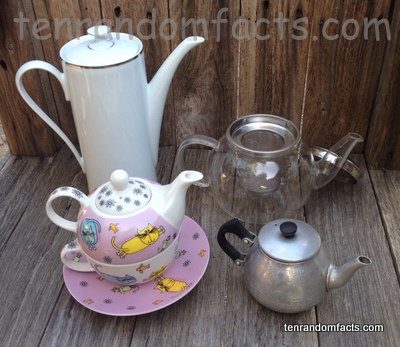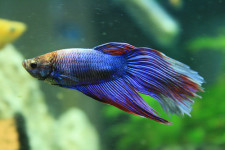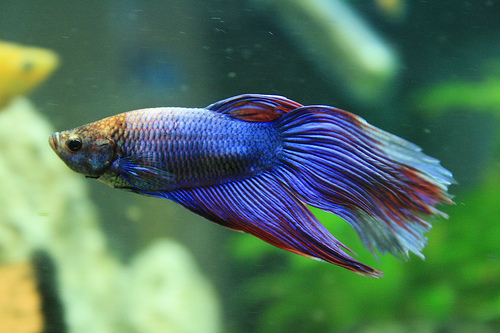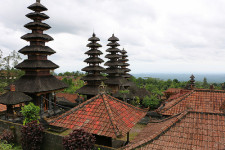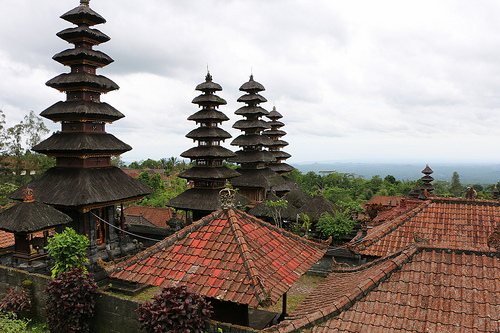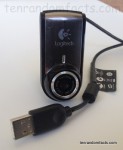
A teapot is a signature of the early modern society.
- A teapot is a container used to make and serve beverages, most commonly tea, and they are generally made of steel, ceramic or glass, while bronze and other metals have been commonly used in the past.
- There are three main parts to a teapot – the body, which contains the beverage; the handle, to hold the pot; and the spout, to pour the beverage; and most have a lid to contain the liquid, keep the heat in, and stop other particles contaminating the tea, while some have an inbuilt strainer to prevent tea leaves from entering the cup.
- Tea made using a teapot is often done by inserting dried tea leaves, or sometimes teabags, into the pot, and boiling water is added to make the beverage, which is then steeped for a few minutes, and then poured into a drinking vessel, typically a teacup.
- In the history of the Yixing area in China, tea was commonly made and drunk, and it is believed that in the early to mid 1300s, a Chinese potter from the area was the first to have invented the teapot.
- Teapots were exported from China to Europe by the late 1600s; and in the 1700s, Europeans were successful in creating their own pots after much trial and error with inferior porcelain.
- Teapots may have separate fabric coverings that serve the purpose of trapping the heat of the liquid to keep the brew hot, and they have been used since the 1800s and are named ‘tea cosies’ or ‘tea warmers’.
- Most modern teapots have a body of either a rounded shape or a pear-shape, however, there are numerous shapes and styles available, and some are more ornamental or decorative in nature, while others are simple and practical.
- The colour of teapots can vary greatly, and they can feature patterns, intricate artwork and other decorative elements.
- Even though using a teapot is the traditional method of making tea and is often used for formal occasions, teabags placed in a mug or teacup have made the pot somewhat redundant, as they are more easily transportable, less bulky and more convenient.
- Interesting and decorative teapots are often collected by enthusiasts, and it is said that the largest collection in the world in 2007 was owned by Tang Yu, from Quanzhou in China, with a total of 30,000.
Bibliography:
Everage L, Teapots Through The Ages, 2006, Fresh Cup, https://theteaspot.com/media/wysiwyg/news/storyId-16.pdf
Kuei-Hsiang Lo (1986). The Stonewares of Yixing: From the Ming Period to the Present Day. Hong Kong University Press
McLeod M, When Was – The Teapot Invented, 2015, Southeastern Antiquing and Collecting Magazine, http://www.go-star.com/antiquing/when_was0208.htm
Teapot, 2015, Wikipedia, https://en.wikipedia.org/wiki/Teapot




